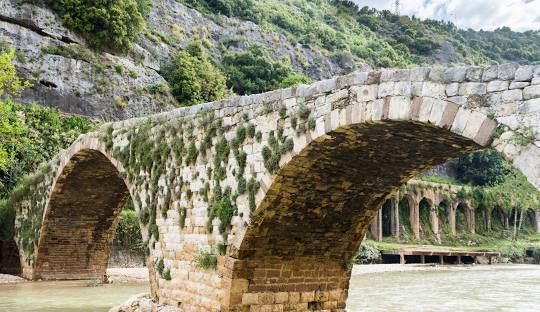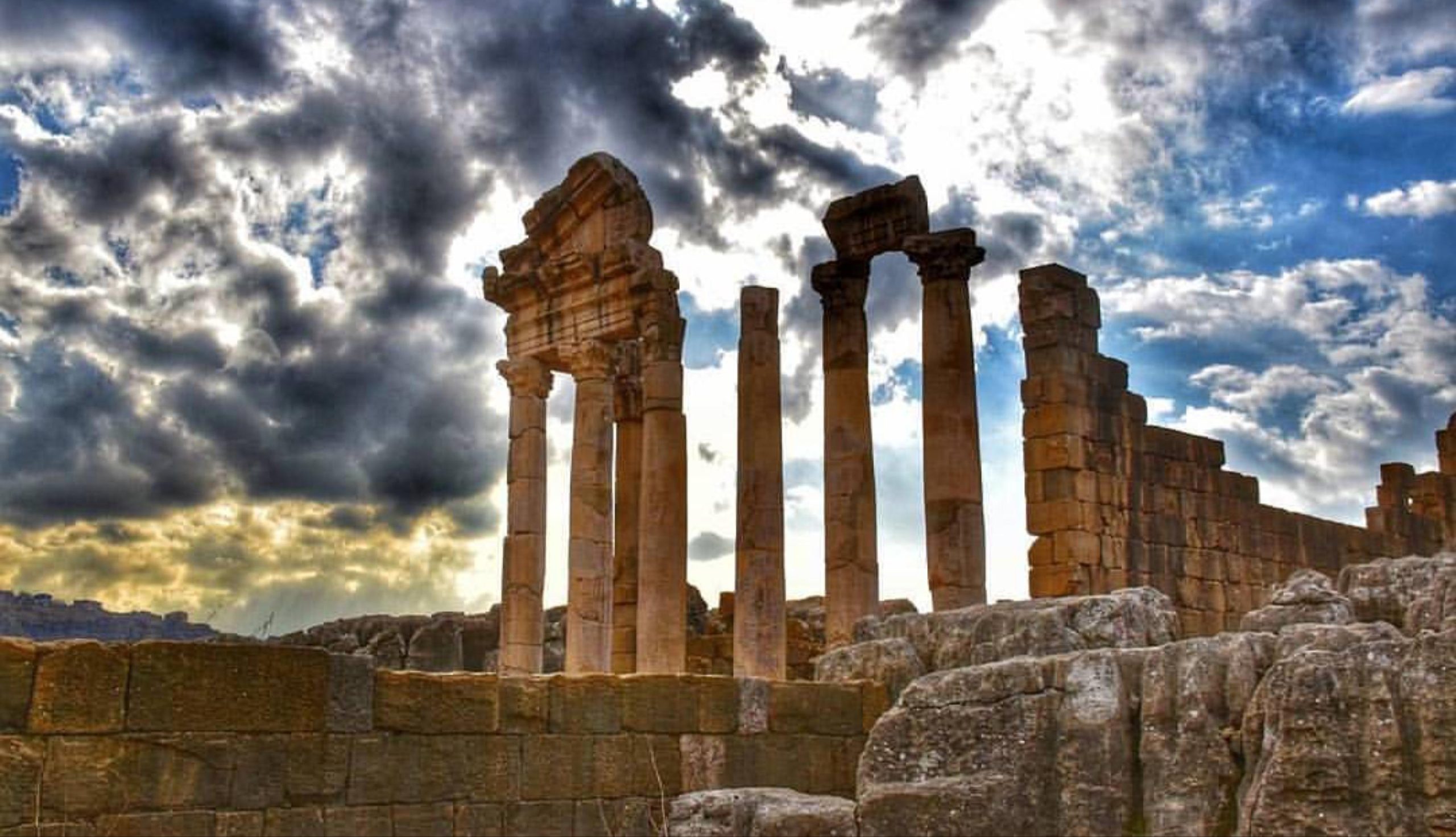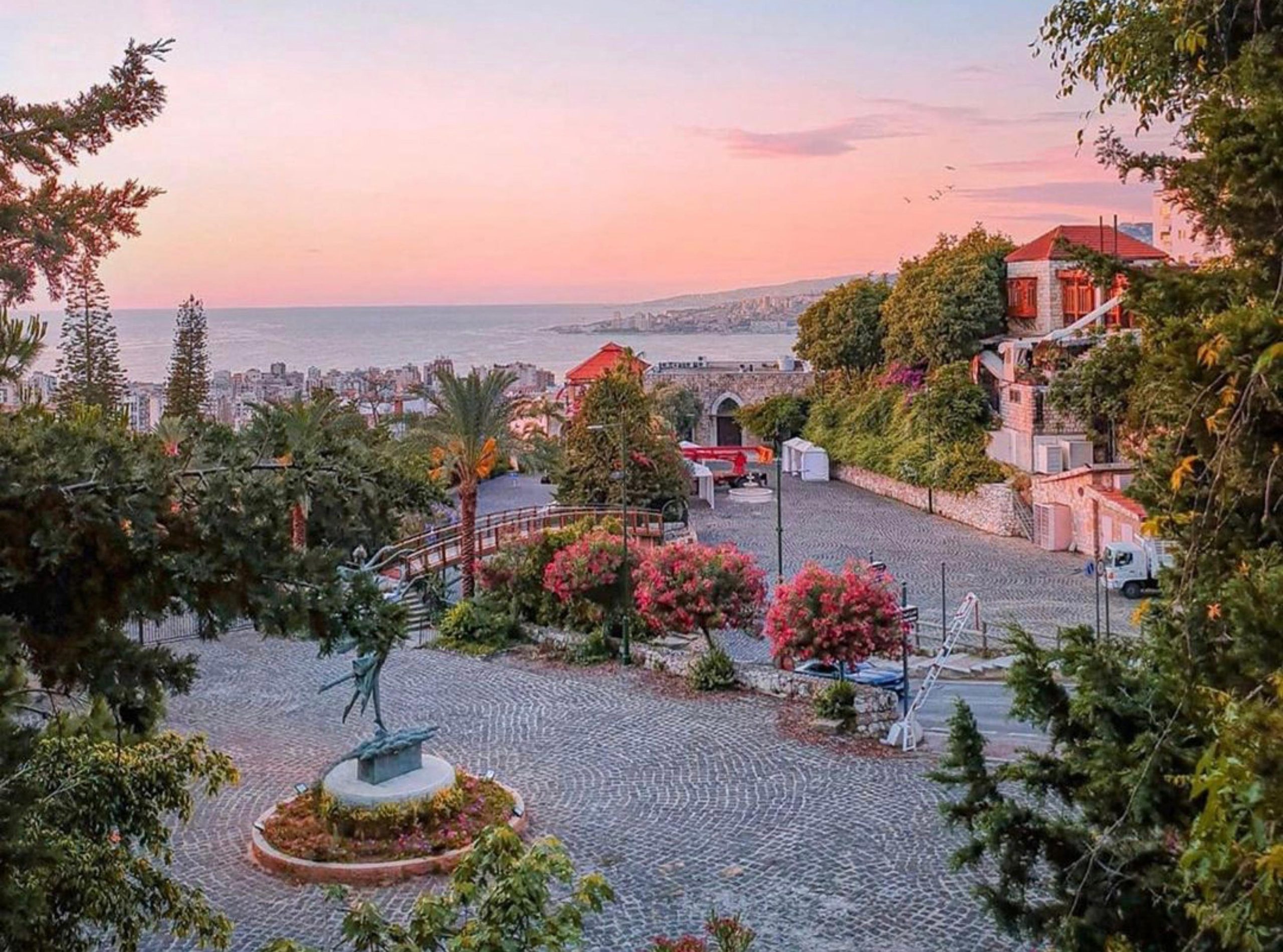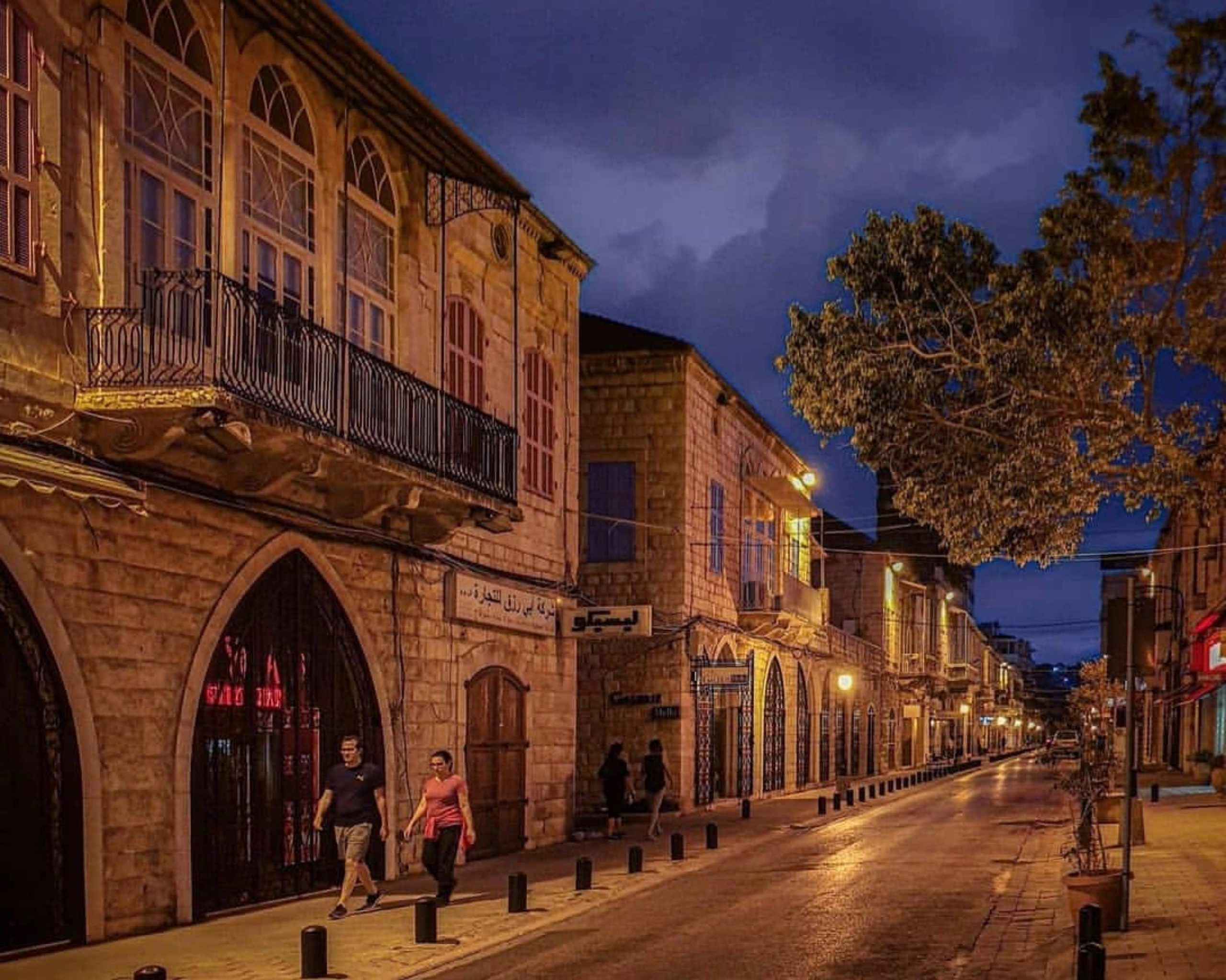Nestled amid stunning landscapes and framed by the passage of time, Keserwan’s historical sites offer a glimpse into the rich tapestry of civilizations that have left their imprint on this land. As USAID’s Trade and Investment Facilitation (TIF) project is working to raise the profile of the region and enhance its tourism offerings, we explore the historical sites of Keserwan.

-
Nahr El Kalb
More than 3,000 years back, during his march through Lebanon, the Egyptian Pharaoh Ramses II etched three inscriptions into the rock near present-day Nahr El Kalb in Keserwan. Following his lead, subsequent foreign expeditions left their marks in stone, commemorating their journeys through this challenging terrain. Today, there are 17 such inscriptions on the southern bank, barring one on the northern bank, all numbered. A staircase provides access to those higher up the cliff.

-
Faqra Ruins
Among Mount Lebanon’s expansive Roman ruins are the temples of Qalaat Faqra. One temple was dedicated to the supreme deity, featuring a massive 15-meter square tower, featuring three stories and a pyramid-shaped roof. An internal staircase grants access to the pinnacle. An inscription on the tower’s northeast corner and another above the entrance highlight Emperor Claudius’ 43 AD restoration. Today, this impressive site in Keserwan hosts an annual cultural festival.
-
Ghineh and the Cult of Adonis
Nestled in Keserwan’s heights, Ghineh is home to hidden archaeological gems that are waiting to be explored. Two intriguing sites include the Tomb of Adonis and the Palace of Adonis, a Roman temple later converted into a Byzantine church.

-
Old Souk of Zouk Mikael
Prince Fakhreddin’s urban revival efforts, which included constructing bridges — khans — and castles, led to the establishment of the old souk. With the growth of berry cultivation and the silk industry, it thrived as the silk stocks market. In the early 19th century, Zouk Mikael gained commercial prominence due to the economic role of the souk. The souk boasted various crafts like weaving, shoemaking and carpentry. With the mechanization era, shoemaking started to fade away little by little, transforming the old shops into housing units and the upper souk into a traditional touristic neighborhood.

-
Old Souk of Jounieh
One of the most captivating historical jewels of Keserwan is the old souk of Jounieh. This bustling marketplace, nestled between the rugged mountains and the azure Mediterranean Sea, carries echoes of centuries past. Wandering through its narrow alleys, visitors are transported to a time when traders from far-flung corners of the world gathered to exchange goods, culture, and ideas.
The architecture of the old souk is a testament to the intricate craftsmanship of the region’s artisans. With its maze-like layout, traditional stone buildings and ornate wooden facades, the souk exudes an undeniable old-world charm. As sunlight filters through the woven patterns of the souk’s wooden ceilings, visitors can almost hear the whispers of history carried by the wind.
Today, the old souk of Jounieh comprises open-air cafes, restaurants, boutiques and a variety of hotels.
To know more about these Historical Sites of Keserwan, you may contact Josephine Zgheib on +961 3 214 871.
This article is part of a joint project to promote tourism destinations across Lebanon, launched by the Trade and Investment Facilitation (TIF) activity, funded by the United States Agency for International Development (USAID), and Hospitality Services. The content of this article is the sole responsibility of Hospitality Services, and does not necessarily reflect the views of USAID or the United States Government.
If you liked reading this, check our article of things to do in Keserwan.
Loading

